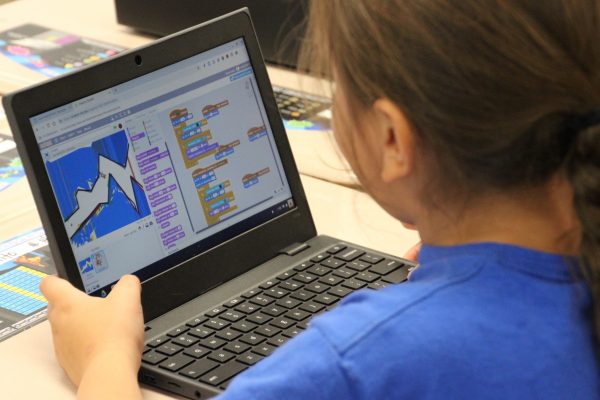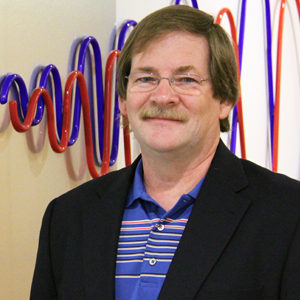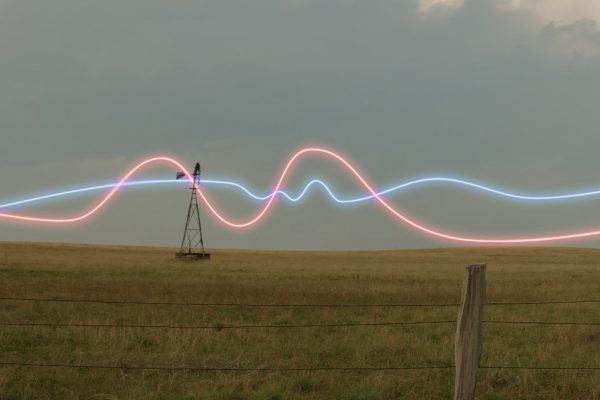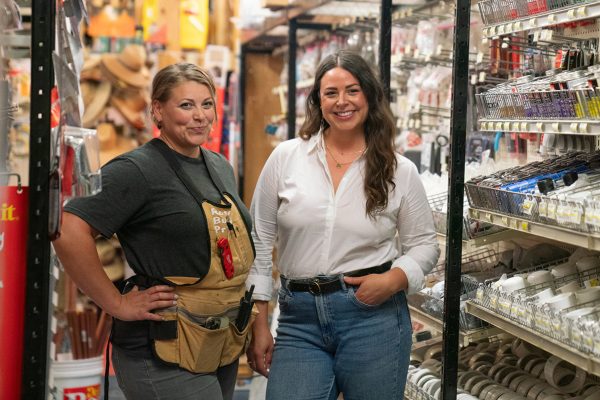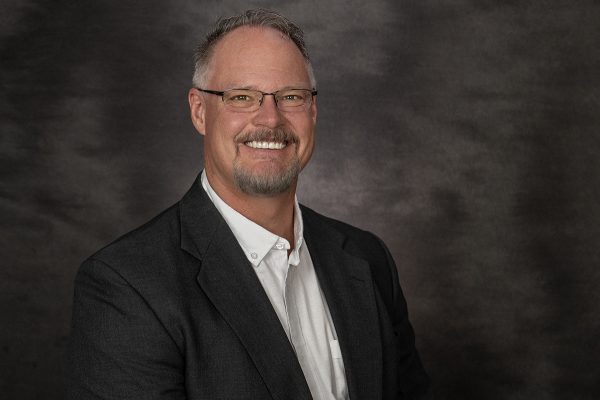
U.S. schools have made tremendous progress in connecting students to the internet. South Dakota and neighboring states can be proud; they rank near the top nationally for what they’ve accomplished.
Still, there are fresh challenges to enhance digital learning opportunities and new worthwhile goals.
To this point, every school district in South Dakota can offer students at least a minimum level of internet service, according to the EducationSuperHighway. The nonprofit organization helps public schools across America connect with federal programs to upgrade their internet access.
The organization believes “students in America’s K-12 classrooms need access to sufficient bandwidth, scalable and affordable broadband infrastructure, and robust Wi-Fi to experience the benefits of digital learning.”
Since 2017, 100 percent of the school districts in South Dakota have had the ability to connect students with an internet speed of at least 100 kbps, or kilobits per second, according to EducationSuperHighway’s 2018 State of the States report. Ninety-three percent of the state’s districts have fiber connections to reach higher bandwidth targets.
The October 2018 report states that 362 school districts have the fiber infrastructure needed to meet increasing guidelines and demand for digital learning. However, 28 schools still need scalable broadband. Most of those districts are in rural areas of eastern South Dakota.
Minnesota, like South Dakota, has an extensive network of rural telecommunications companies that affiliate or partner with SDN Communications. Ninety-nine percent of the school districts in Minnesota can access the internet at the minimum goal rate and 99 percent have scalable broadband. Only eight of Minnesota’s 1,238 school systems still need scalable broadband.
Broadband improvement projects, such as one the Southwest West Central Services Cooperative in Marshall, Minn., took on with help from SDN, have helped bolster connectivity in Minnesota schools.
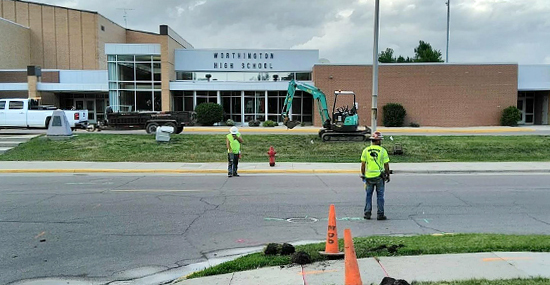
South Dakota’s other neighboring states also have worked hard and have high marks for school connectivity and infrastructure:
- Iowa: 99 percent connectivity, 97 percent fiber
- Nebraska: 100 percent connectivity, 98 percent fiber
- Wyoming: 100 percent connectivity, 94 percent fiber
- Montana: 98 percent connectivity, 78 percent fiber
- North Dakota: 100 percent connectivity, 99 percent fiber
Schools in four states scored 100 percent in both connectivity and fiber: Delaware, Georgia, Hawaii, and Kentucky.
Alaska has the lowest rate in both categories: 83 percent connectivity and 65 percent fiber. That’s not surprising, given Alaska’s vast size, relatively small population and challenging geography.
Nationally, most schools that have reached the 100 kbps per student goal have continued efforts to increase bandwidth available to schools.
The 100 kbps per student level is only the starting point, not the finish line. The new challenge is getting scalable, fiber-based internet to all students. The Federal Communications Commission set a new goal for schools to provide per-user internet access of 1 megabit per second, or 1 Mbps. One megabit equals 1,000 kilobits.
Reaching the 100 kbps goal opens the door for digital learning opportunities, according to the State of the States report.
“It allows teachers to begin transforming their classrooms — engaging students with digital content, leveraging online applications to teach in new ways, and obtaining more rapid feedback on how students are progressing,” the report says.
“Once digital learning enters a school, bandwidth demand continues to rise. Students and teachers find more ways to enhance the learning experience with technology, and other teachers begin using it in their classrooms. Ultimately, digital learning becomes fully integrated into teaching and learning throughout the school as teachers leverage technology in every classroom, every day,” the report says.
Just five years ago, less than a third of the nation’s K-12 public school districts met the 100 kbps goal. Now the challenge is to help schools reach the 1 Mbps goal, which is reasonable and achievable.
SDN Communications is a regional leader in providing broadband connectivity and cybersecurity services to businesses in communities such as Sioux Falls, Rapid City, Worthington, and the surrounding areas.
